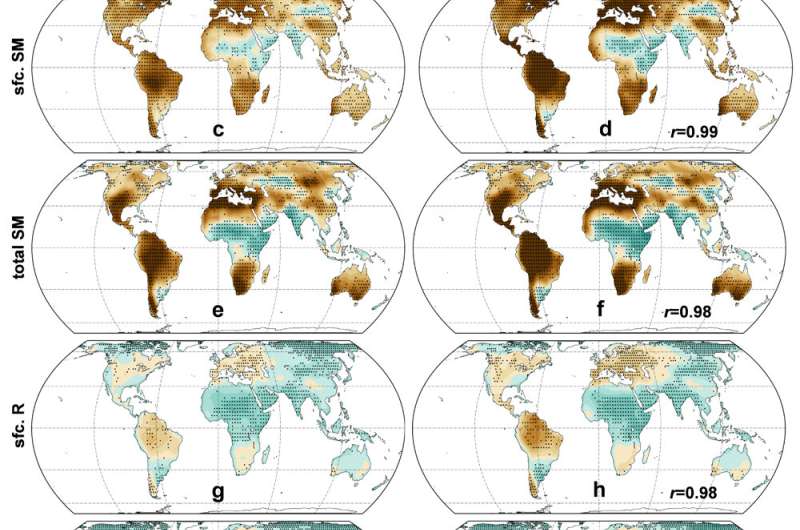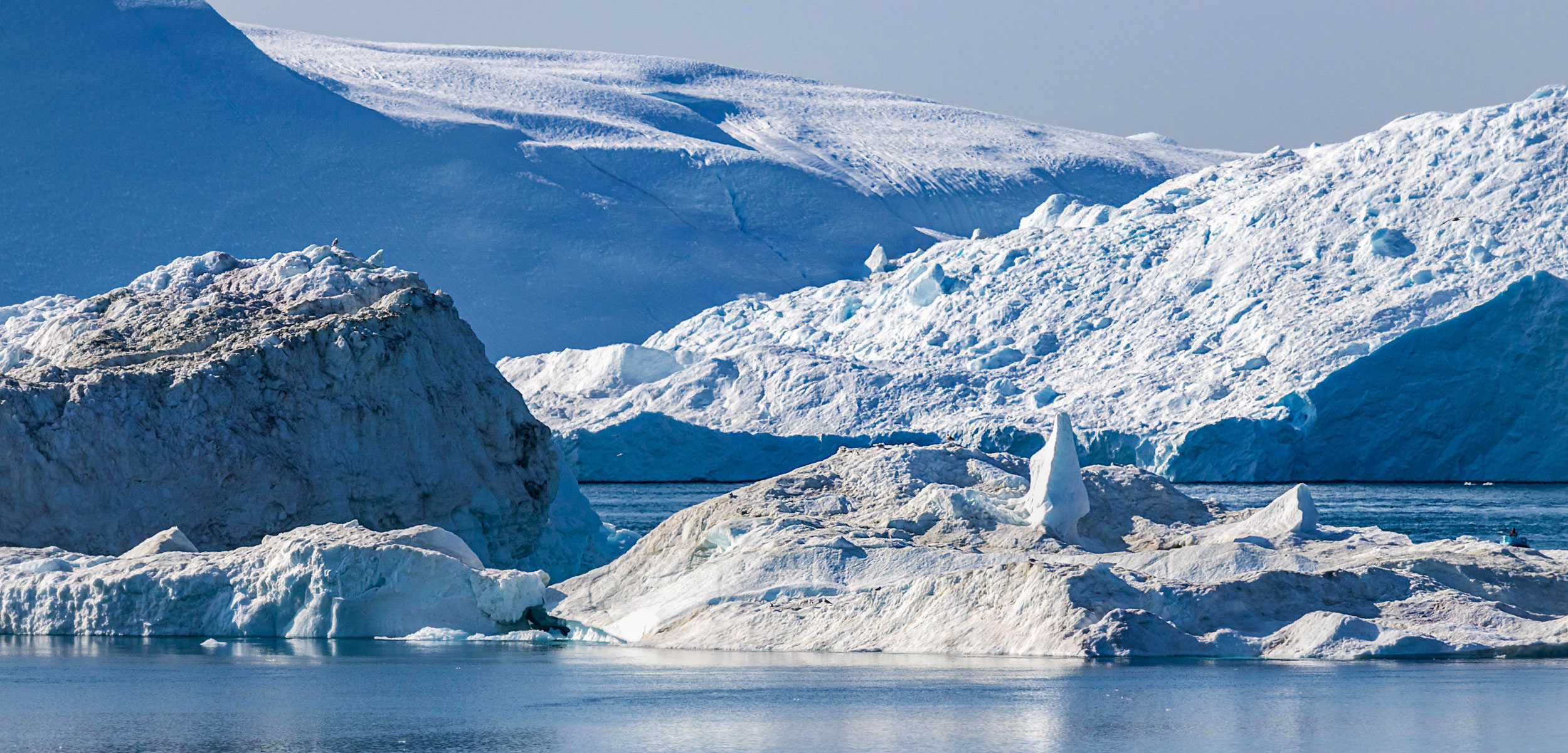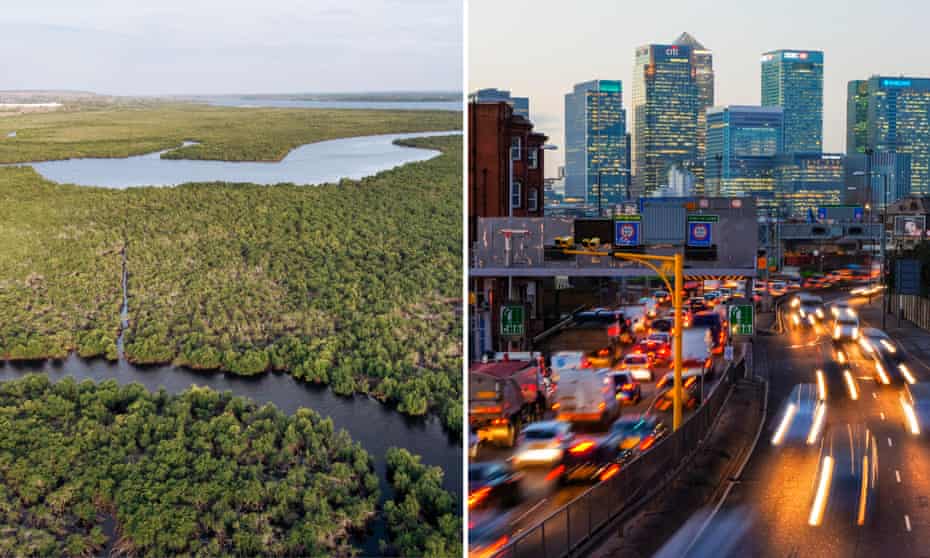An Existential Threat
There is a good paper floating about the internet warning that society could collapse due to climate change-related disasters and conflict in the next 20 years or so. Not good. Furthermore, according to the authors, such a collapse has been deemed not just possible, but quite plausible should nations of the world fail to take meaningful action.
This policy paper, titled “Existential climate-related security risk: A scenario approach,” paints a scenario in which global social order breaks down after people fail to band together and address the causes and effects of climate change. And soon, like within the next twenty years. Food shortages emerge as supplies run low, financial systems buckle causing economies to collapse, sickness and disease kill people by the millions, and natural disasters ravage the land. Mass migrations of refugees from broken countries and ruined environments strain even the more resilient nations to the breaking point. Trade breaks down, nations stop co-operating with each other, and conflicts eventually break out, plunging the world into war, and possibly into darkness.
The authors, David Spratt and Ian Dunlop write, “This scenario provides a glimpse into a world of ‘outright chaos’ on a path to the end of human civilization and modern society as we have known it, in which the challenges to global security are simply overwhelming and political panic becomes the norm.” I highly recommend giving it a read using the above link to the PDF.
They present this scenario, carefully outlined in the paper, as a potential outcome for the world in the near future should things continue as they have been. They are hoping that such a dire prediction will prompt governments around the world to treat the climate crisis as a national security issue, one that represents a clear existential threat to humanity…
…click on the above link to read the rest of the article…











